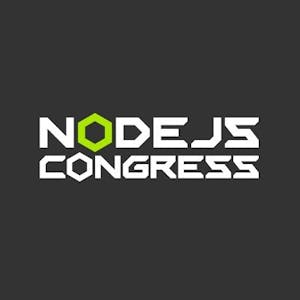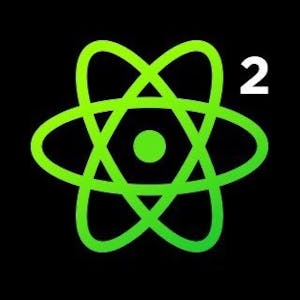Acompáñame en un profundo análisis técnico sobre TypeGPU que, entre otras cosas, permite que tu shader de WebGPU esté compuesto de JavaScript ya sea parcial o completamente. Esto significa que una biblioteca puede estar escrita completamente en WebGPU Shading Language, pero aceptar un callback de JS que se compila e inyecta en el código del shader. Mejorando las APIs al ir más allá de solo ajustar perillas y parámetros.
En mi charla, abordaré cómo descargamos la mayor parte de este trabajo a un paso de construcción mientras seguimos apoyando escenarios dinámicos, cómo mitigamos las diferencias entre JavaScript y WebGPU Shading Language, y cómo aprovechamos las herramientas existentes como el servidor de lenguaje de TypeScript para conectar sin problemas el código de CPU y GPU a través de tipos.
This talk has been presented at JSNation US 2025, check out the latest edition of this JavaScript Conference.














Comments